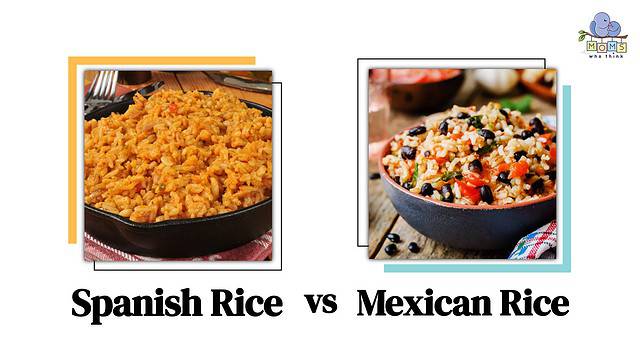Faith Young, Author for Moms Who Think
My name is Faith, and I'm a proud mother of two adorable toddlers - a 4-year-old boy and a 2-year-old girl. As a stay-at-home mom, I've learned a lot about the joys and challenges of parenthood. Since 2020, I've been writing for a variety of topics, including parenting. When I'm not busy chasing after my little ones, I enjoy reading and exploring the great outdoors with my family. I'm also a firm believer in the power of self-care, and I make it a priority to take time for myself each day. Thank you for visiting MomsWhoThink.com, and I hope you find my articles helpful and informative.
Read articles by Faith Young





















